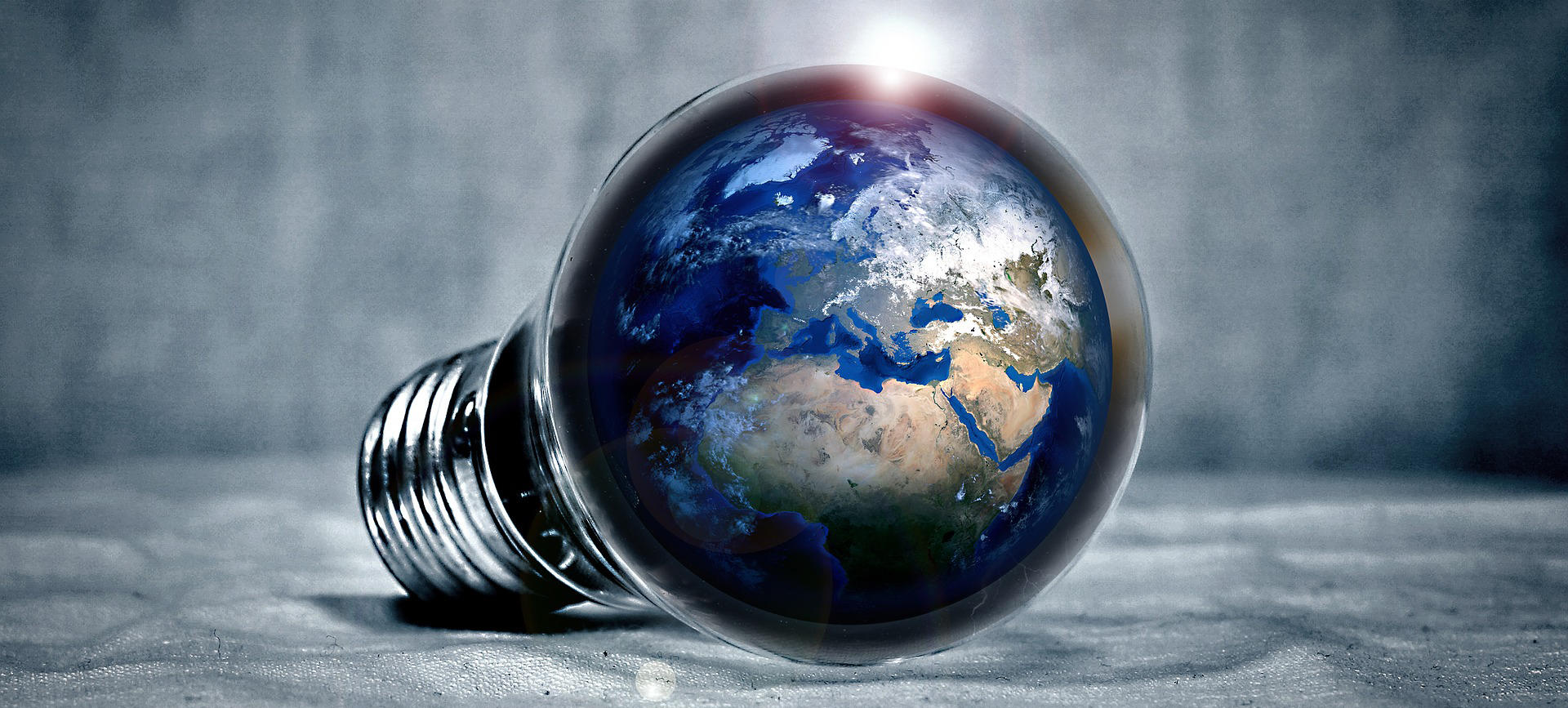Total Project Cost
Investment Required
Stakeholders
Countries
Project Overview
Description
Among the priority projects included in the ECOWAS Master Plan for the Development of Regional Means of Production and Transmission of Electric Power 2019-2033 is the Louga 1 and 2 hydroelectric power plant project. It involves the construction of two dams with respective water reservoirs of 297.6 million m3 and 237 million m3, and installation of 6 bulb-type groups totaling 246 MW.
Objectives
Reduce greenhouse gases (GHG) by 28% by 2030 compared to 2014 which corresponds for the Electricity Sector to an energy mix including 42% of renewable energies. Reduce dependence on fossil fuels and diversify the electricity mix of Côte d'Ivoire's electricity sector in order to prevent a single source of production from exceeding 60% of installed capacity. Enhance sustainable integration of national networks in the ECOWAS community, with a view to facilitating energy exchanges and trade between member states. Diversify the energy mix and reduce greenhouse gases, coping with the growth in demand, improving the quality of service and stimulating economic growth at national and sub-regional levels.
Strategic Importance
The project is strategic for Côte d'Ivoire's renewable energy targets and will enhance regional power integration.
Technical Specifications
Technology & Design
Two hydroelectric power plants with bulb-type turbines.
Capacity & Size
246 MW total capacity (Louga 1: 126 MW; Louga 2: 120 MW)
Technical Details
LOUGA 1 - 55m water reservoir with a capacity of about 297.6 million m3; 1683 m long and 30m high dam; 3 bulbous units with a total capacity of 126 MW. LOUGA 2: 30m water reservoir with a capacity of about 237 million m3; 1107 m long and 33m high dam; 3 bulbous type groups with a total installed capacity of 120 MW.
Development, Implementation & Financial Details
Development Timeline
Feasibility studies to be completed by 2024, with project structuring and financing by 2026.
Latest Implementation Updates
UPDATEDFinancing Structure
The project is expected to be financed through a combination of public and private investment, with support from international financial institutions.
Capital Structure
70% debt, 30% equity
Project Timeline
Start Date
January 2024
Expected Completion
December 2030
Development Timeline
Feasibility studies to be completed by 2024, with project structuring and financing by 2026.
Project Status History
Status 2020
Pre-Feasibility
Status 2022
Pre-Feasibility
Status 2024
Transaction Support
Additional Project Details
Preparation Funding Gap
USD 15.00M
Construction Timeline
Construction expected to take 3-4 years after financial close.
Legal & Financial Advisors
To be appointed
Market Analysis
Market Analysis
Growing demand for electricity in Côte d'Ivoire and neighboring countries, with increasing focus on renewable sources.
Market Demand
Demand for power in the region exceeds supply, with Côte d'Ivoire being a net exporter to neighboring countries.
Key Stakeholders
Project Sponsor
Ministry of Energy, Côte d'Ivoire
Key Parties
Ministry of Energy, Côte d'Ivoire; Compagnie Ivoirienne d'Electricité (CIE)
Investors
Government of Côte d'Ivoire, development finance institutions, potential private investors
Contractors & Operators
To be determined through competitive bidding
Risk Assessment
General Risk Assessment
Major risks include hydrological variability, financing challenges, and potential environmental impacts.
Regulatory Risks
Regulatory framework in place for hydropower development, with ongoing reforms to facilitate private sector participation.
Impact Assessment
Environmental Impact
Environmental impact assessment required, with focus on river flow management and ecosystem impacts.
Social Impact
Creation of jobs during construction and operation, improved energy access, and economic development.
Investment Opportunities
Private Sector Opportunities
The production will be fed into the interconnected WAPP grid. The annual production capacity is estimated at 646 GWh. The project has the potential to subcontract to SMEs or certified companies.
Next Steps & Agreements
Next Steps
Complete feasibility studies, environmental and social impact assessments, begin project structuring
Offtake Agreements
Power purchase agreements to be established with national utility and potentially regional buyers.
Contact Information
Ministry of Energy, Côte d'Ivoire
